
What Is Quantitative Easing (QE)?

Quantitative Easing (QE) is a form of unconventional monetary policy in which a central bank purchases longer-term securities from the open market in order to increase the money supply and encourage lending and investment. … The central bank can target specified amounts of assets to purchase.
There are lots of levers or tools the federal reserve can use to achieve an ‘easy money’ or QE environment. It doesn’t always easily fit into a neat category. There have been many pulls of the various levers’.
Another tool is to lower interest rates; the Fed uses QE after it’s lowered the fed funds rate to zero. (The Fed funds rate is the basis for all other short-term rates.)
QE – How It Works
In buying up securities from its member banks, the Federal Reserve gives them cash in exchange for assets, such as bonds. The extra cash then can be lent out.
The Fed also controls the banks’ reserve requirement, which is how much of their funds they’re required to keep on hand compared to what they lend out. Lowering the reserve lets the banks lend out more of their money. More money going out increases the supply of money, which allows interest rates to fall. Lower rates are an incentive for people to borrow and spend, which stimulates the economy.

Ways QE Stimulates The Economy
QE Keeps Bond Yields Low
The federal government auctions off large quantities of Treasury to pay for expansionary fiscal policy.5 As the Fed buys Treasurys, it increases demand, keeping Treasury Yields low (with bonds, there is an inverse relationship between yields and prices).
QE Attracts Foreign Investment and Increases Exports
Increasing the money supply also keeps the value of the country’s currency low. When the dollar is weaker, U.S. stocks are more attractive to foreign investors, because they can get more for their money. It also makes exports less expensive.
***Warning – QE Could Lead to Inflation***
The only downside is that QE increases the Fed’s holdings of Treasurys and other securities. For example, before the 2008 financial crisis, the Fed’s balance sheet held less than $1 trillion. By July 2014, that number had increased to almost $4.5 trillion.
History Lesson
We have been here before! The market knows what to expect (or should).
Let’s reiterate – Big money has seen this before and knows what to expect.
There has been 4 QE’s (officially, including current) and one alternative called Operation Twist
Starting with….
2008 Global Financial Crash – This was a balance sheet problem that they threw money at to solve.
Which was a fraction of what the FED has been doing during the COVID pandemic.

QE1: December 2008 to June 2010
At the Nov. 25, 2008, Federal Open Market Committee meeting, the Fed announced QE1. It would purchase $600 billion in bank debt, U.S. Treasury notes, and mortgage-backed securities (MBS) from member banks.
By Feb. 24, 2010, the Fed had bought $1.25 trillion in MBS. It also bought $700 billion of longer-term Treasurys, such as 10-year notes.
QE2: November 2010 to June 2011
On Nov. 3, 2010, the Fed announced it would increase its purchases with QE2. It would buy $600 billion of Treasury securities by the end of the second quarter of 2011. That would maintain the Fed’s holdings at the $2 trillion level. Some investors were afraid QE would create hyperinflation and started buying Treasury Inflation Protected Securities. Others started buying gold, a standard hedge against inflation. This sent gold prices soaring to a record high of $1,917.90 per ounce by August 2011.
Operation Twist: September 2011 to December 2012
In September 2011, the Fed launched “Operation Twist.” This was similar to QE2, with two exceptions. First, as the Fed’s short-term Treasury bills expired, it bought long-term notes. Second, the Fed stepped up its purchases of MBS. Both “twists” were designed to support the sluggish housing market.
QE3: September to December 2012
On Sept. 13, 2012, the Fed announced QE3. It agreed to buy $40 billion in MBS and continue Operation Twist, adding a total of $85 billion of liquidity a month. The Fed did three other things it had never done before:
•Announced it would keep the Fed funds rate at zero until 2015
•Said it would keep purchasing securities until jobs improved “substantially”
•Acted to boost the economy, not just avoid a contraction17
The End of QE 2008-2014
On Dec. 18, 2013, the FOMC announced it would begin tapering its purchases, as its three economic targets were being met:
•The unemployment rate was 7%.
•Gross domestic product growth was between 2% and 3%.
•The core inflation rate hadn’t exceeded 2%.19
The FOMC would keep the Fed funds rate and the discount rate between 0 and .25 points until 2015 and below 2% through 2016
QE 2020
On March 15, 2020, the Federal Reserve announced it would purchase $500 billion in U.S. Treasurys.
It would also buy $200 billion in mortgage-backed securities over the next several months.
On March 23, 2020, the FOMC expanded QE purchases to an unlimited amount
By May 18, its balance sheet had grown to $7 trillion.
As of Oct 2021 – $8.56 Trillion in total assets

Cash Supply
They “printed” a lot, and I mean A LOT. 80% of all US dollars in existence were printed in the last 23 months, starting in early 2020. But obviously they didn’t circulate it all as currency. It’s in the form of stimulus, forgiveness on loans, mortgage stimulus, unemployment benefits, etc. In short, the FED has increased the liquidity of US banks and injected 20 trillion dollars into the economy.
What does 20 Trillion look like = $20,000,000,000,000.00
The Markets Reaction To Fed Actions

Feeling Manipulated???
I would say most don’t understand that we don’t want to fight the FED because the FED is an intentional and deliberate major manipulator of the market and this is how they do it. By manipulating the money supply via QE and then by manipulating interest rates via the 2 tools described.
As a trader: When the FED is artificially stimulating the economy via QE, making money in the market is “easy”. Our mistakes get punished way less. When the algos are not programed to buy up the market because the FED is propping up via QE, trading errors get punished more harshly. Making money can still be easy from the perspective of the trader, if we understand what is happening on a macro level and the perspective of the FED. Remember BTFD mode? Well, that worked because the FED was buying. It’s a dance and the FED leads. IF the FED is not buying the dip, we ought not either.
We don’t want to fight the FED. If the FED wants an easy money policy to push up the markets (as was the case in the last 2 years), its easiest to play in the direction of them. They are winding down that artificial ’buy program” that we have witnessed the last 2 years. This doesn’t happen overnight, however, it is happening, and quickly.
Remember, the FED is taking cash out of the market to prevent inflation and economic collapse since all of the FED operations are tied to mortgage-backed securities and commercial mortgage-backed securities. The FED does not want to risk economic collapse and collapse of the dollar. High interest rates puts the dollar at risk.
That being said, if we learn how they play, we can beat them at their own game. And it is simply a game. It’s just easiest to not judge what is happening, but instead, understand what the FED is doing, why they are doing it, and get on board and trade in the direction of them.
Lets not judge the rightness or wrongness of the FED manipulation. That is just how this game works in 2022. Lets understand this and leverage the knowledge!!

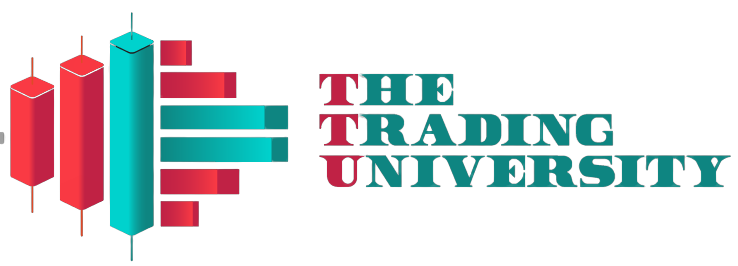




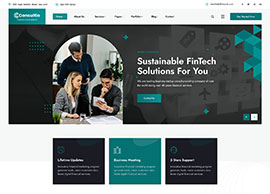
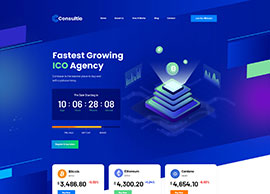
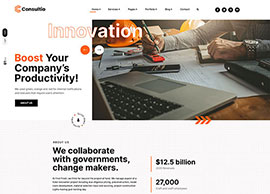
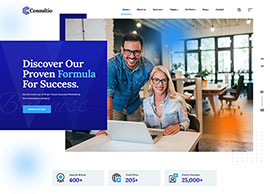


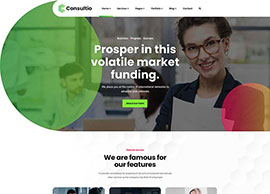

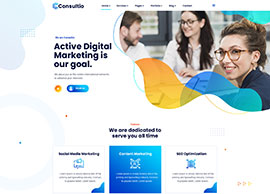
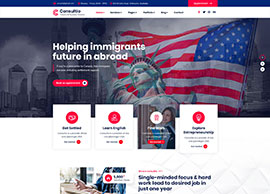
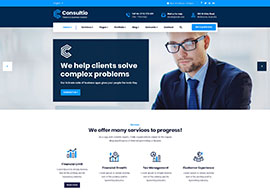







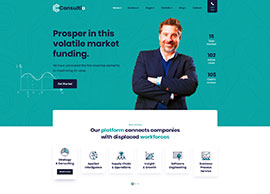











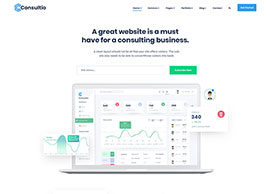
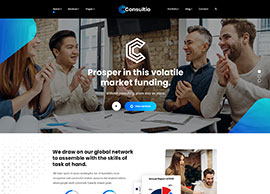
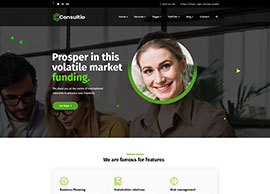
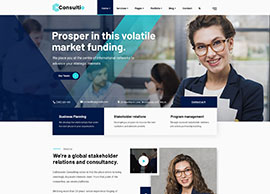

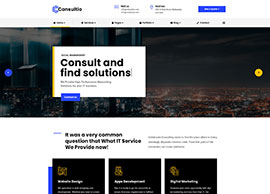
4 Comments
Cecilt
I really liked your site and you have some amazing content! Thank You!
Lydia
Cool website.
Veronica
I really liked your site.
Louis
Thanks for the additional earnings on your website